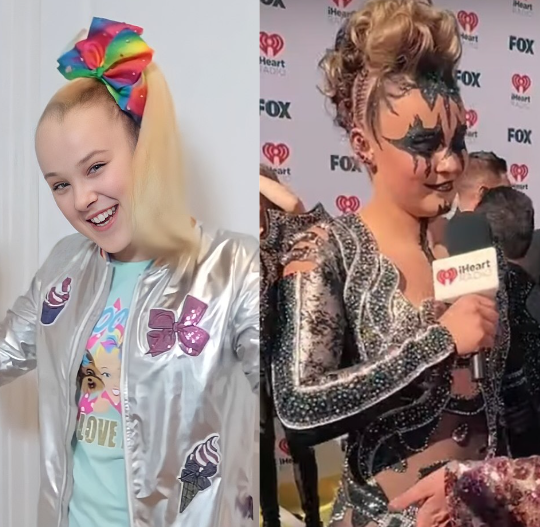From Stranger Things to Captain America, How Pop Culture Influences Youth
Pop Culture is an undeniable influence in society. It’s shaped everything from fashion, slang, food, and the social norms for generations. For example, the birth of gangster rap in the late 80’s and early 90’s in the lower income areas of Los Angeles brought to light the discrimination and brutality brought on by law enforcement in the area. This sparked awareness and a chain reaction of change. On the flip side, an example of a bad influence can be seen through the Beatles song “Helter Skelter” and the influence it had on the Mason family and the crimes they committed. Pop Culture can influence generations in good and bad ways, and taking a deeper dive into the issues can reveal the influence they have on people.
In the 1940s, the United States was ushered into the second World War when the naval base at Pearl Harbor was attacked by the Japanese. Panic spread throughout the nation as Axis forces grew stronger and began to take more control in Europe and Asia. As teens were being shipped off at 16 and 17, the youth of America were afraid as many of them didn’t have older brothers or fathers who weren’t at war. They needed an influence to keep their mind strong.
While most people today see Captain America as a strong fighter frozen in time, in the 1940s when the Marvel superhero was first created, Steve Rogers was a patriotic soldier who fought against the Axis powers. Joe Simmons and Jack Kirby, the creators of Captain America, made the shield-wielding solder as an inspiration to the youth of America. While Japanese and German forces filled the mind of their people with propaganda, Captain America gave hope to a generation.
Smoking in the 1900s influenced style, fashion, was a popular social activity, and was often displayed as cool or rebellious in films. This influence got generations hooked on cigarettes and tobacco products. With a so-called vaping epidemic prevalent in the nations, has the viewing of tobacco use contributed to this epidemic?
The CDC estimates that about 3.6 million middle and high schoolers use tobacco products in 2018. That’s a 1.5 million increase since 2017. Fingers are being pointed at big tobacco and up-and-coming e-cig companies, but some are starting to look to TV and movies as a possible contributor to the epidemic. Complaints have been made against the streaming company Netflix after people noticed the excessive amount of smoking in their original productions. In particular, the sheriff in the hit TV show Stranger Things is seen in most scenes with a lit cigarette. After people linked TV to underage smoking, public outcry called for less use of tobacco products. With activist groups like Truth speaking out against the harmful substance, Hollywood might have to reassess the use of cigarettes.
Even with newer generations shifting towards e-cigs rather than traditional tobacco, nevertheless, Hollywood still has a large influence on the public, especially youth. In an age with social media support and easy access to information, big tobacco companies may have a run for their money, and Hollywood might have to shift from a very normal smoking occurrence to put parents at ease.
In conclusion, in a time where you can access TV, movies, social media, and much more from things like smartphones, this makes an even larger influence on people. With this influence, people can either inspire the general population to move in a positive direction or a negative one. Bottom line, pop culture still to this day has a large impact, for good and bad, on the people consuming the information.











